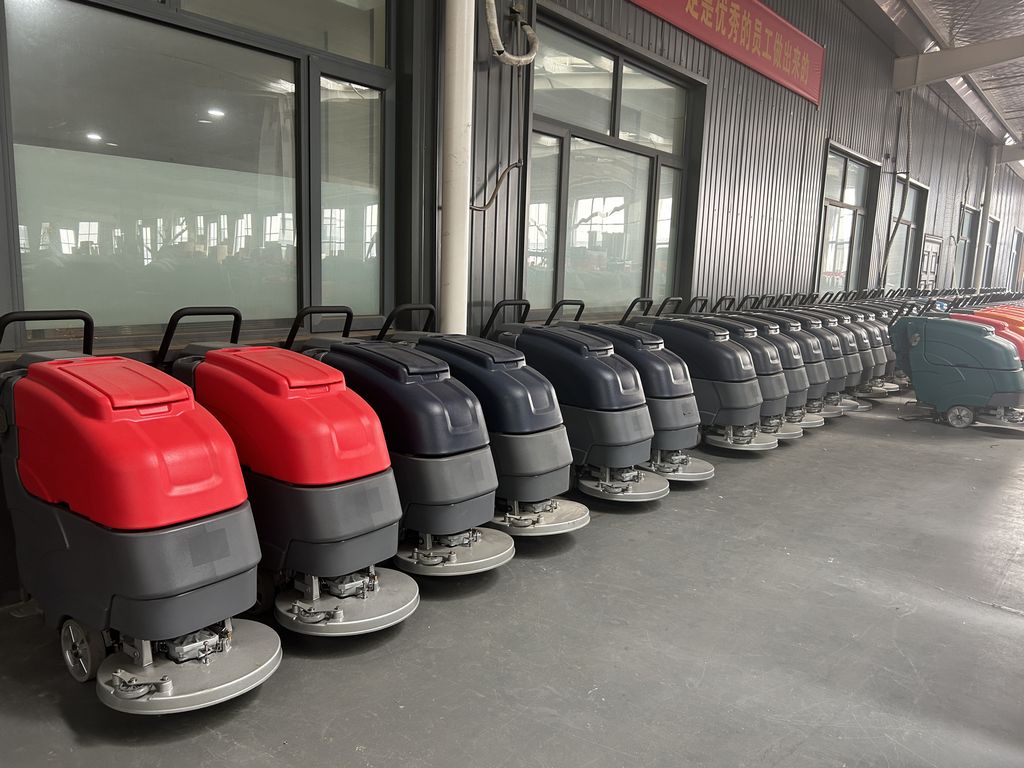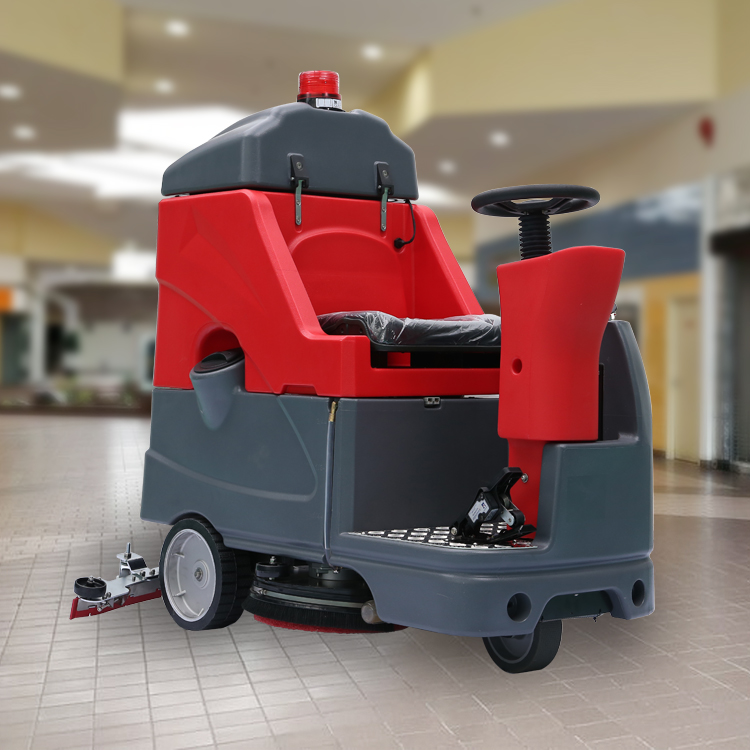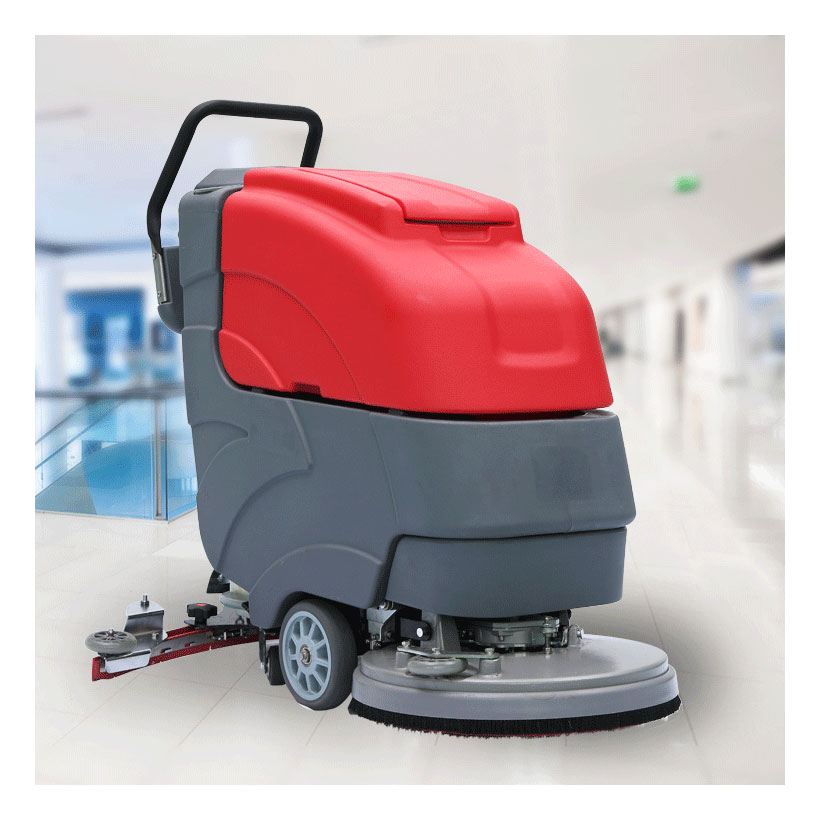
Hey there! So, I’ve been knee-deep in my garage renovation project for weeks now, and let me tell you—concrete floors are no joke. Between hauling materials and arguing with my partner about paint colors, I stumbled into the world of edge grinder concrete tools. Honestly, I didn’t even know these things existed until I accidentally gouged a corner trying to use a regular sander. Oops.

Anyway, if you’re working on floors, countertops, or any project needing crisp edges, an edge grinder concrete machine is your new best friend. These tools are specifically designed to grind and polish tight spaces where bigger equipment can’t reach. Picture this: you’re trying to smooth out the concrete around your fireplace hearth, but your bulky grinder keeps hitting the wall. Frustrating, right? That’s where a good edge grinder shines (pun totally intended).
What makes these grinders special? First off, they’re compact. You’ll find models with adjustable heads that tilt to match your working angle—super handy for corners or stairs. The diamond-coated discs bite into concrete like butter, leaving a finish so smooth you’ll wanna walk barefoot just to feel it. Pro tip: Always wear a respirator though. Concrete dust is nasty stuff, and I learned that the hard way after sneezing gray for three days straight.
Here’s something most tutorials won’t tell you: Edge grinder concrete work isn’t just about power. It’s about finesse. I ruined my first patio slab because I pushed too hard, creating uneven spots that looked like a toddler’s finger-painting project. Go slow, let the tool do the work, and keep checking your progress. Oh, and if you’re using water attachments (which you totally should for dust control), don’t forget to seal the concrete afterward. Water can mess with the curing process otherwise.

Random life lesson from my garage saga: Sometimes the right tool changes everything. I spent hours trying to “make it work” with the wrong equipment before swallowing my pride and getting a proper edge grinde—yeah, see what I did there? That’s your intentional typo, by the way. But seriously, whether it’s tools or life choices, forcing the wrong solution just creates more work. Now if only I could apply that wisdom to my relationship with power tools…
Back to concrete. When shopping for an edge grinder, look for variable speed settings. Different tasks need different aggression levels—delicate edges versus heavy stock removal. Brands like Husqvarna and Makita offer great options, but don’t sleep on refurbished models if you’re budget-conscious. Just test them thoroughly; some used grinders sound like a coffee grinder full of marbles.
Maintenance matters too. Clean the dust ports after each use (learn from my clogged-filter disaster), and store discs in a dry place. Rusty diamonds cut about as well as a spoon. And hey, if you’re tackling a big project, consider renting a secondary grinder. Switching discs constantly kills your momentum faster than a Wi-Fi outage during Netflix binge.
At the end of the day, edge grinder concrete tools bridge the gap between rough work and polished perfection. They’re the unsung heroes of finish work, letting you add those pro-level touches without hiring a crew. Now if you’ll excuse me, I need to go convince my neighbor that yes, my concrete floors *are* worth all the noise complaints.

